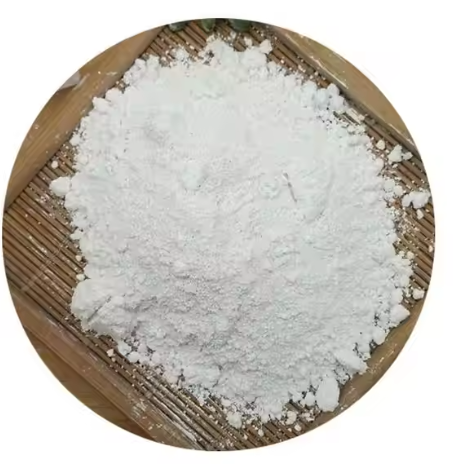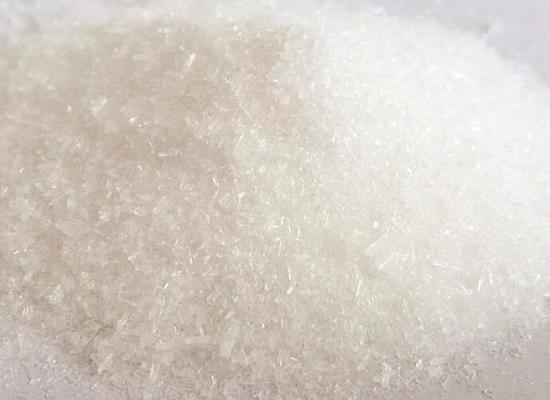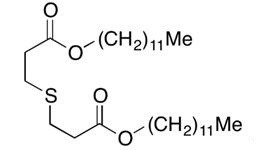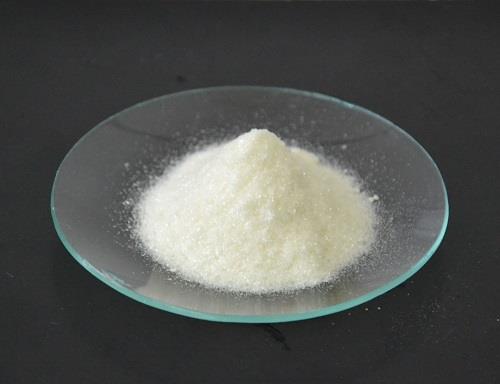Dilauryl Thiodipropionate: Applications in Modified Bitumen and its Preparation Method
Dilauryl Thiodipropionate is a diester of lauryl alcohol and 3, 3'-thiodipropionic acid. It is used as an antioxidant in cosmetic and food products.
Dilauryl thiodipropionate is a part synthetic, part plant-derived ester blend made from the fatty alcohol lauryl alcohol and the antioxidant thiodipropionic acid. Not surprisingly, it has antioxidant benefits on skin and, according to older research from Avon, may play a role in fading the appearance of discolorations.

In cosmetics
Dilauryl thiodipropionate also works in cosmetics as a sequestering agent which helps keep ingredients in a formula from having unwanted interactions. Usage levels of dilauryl thiodipropionate are 1% or less, with low amounts in the range of 0.05% being standard since this amount is considered non-irritating and non-sensitizing to skin.
References:
[1] 2 Final Report on the Safety Assessment of Dilauryl Thiodipropionate[J]. International Journal of Toxicology, 1992, 47 1: 856-858. DOI:10.3109/10915819209141989.Related articles And Qustion
See also
Lastest Price from Dilauryl thiodipropionate manufacturers

US $0.00/kg2025-08-29
- CAS:
- 123-28-4
- Min. Order:
- 1kg
- Purity:
- 99%min
- Supply Ability:
- 20tons

US $8.80-2.20/kg2025-06-28
- CAS:
- 123-28-4
- Min. Order:
- 1kg
- Purity:
- 99%
- Supply Ability:
- 100kg




